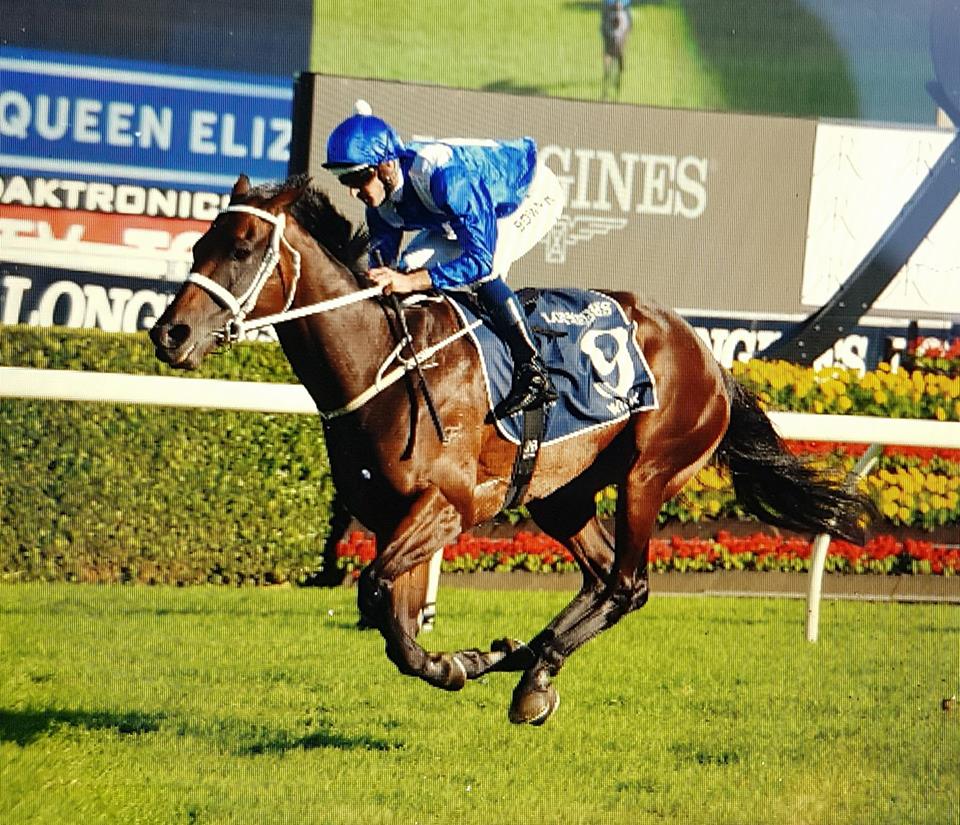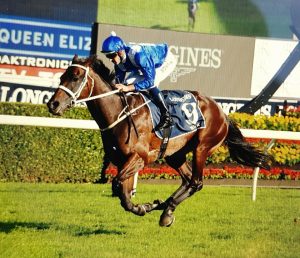

By Rob Young.
At the risk of generating a Twittersphere meltdown, I’m going to pose the question.
Is our wondergirl Winx a genuine champion, a real freak of the turf, or just the next in a long line of brilliant mares that have graced Australian racing?
Let’s set some parameters for recognising a champion. Lots of wins, obviously, but champions also demonstrate versatility, the ability to deal with adversity in races, durability and that indefinable something in their character that turns hard-bitten racegoers into adoring fans. And let’s not forget that a true champion needs to race and win against the best of the international horses.
If you think back across the years, it’s easy to name a roster of great race mares.
For the sake of the exercise, let’s start in the 1970’s with the grey flier, Surround. Bred in New Zealand and sired by Sovereign Edition, she was trained by Geoff Murphy and won 12 out of 16 starts as a three year old over distances ranging from 1,200 metres to 2,500 metres. Those wins included the 1976 Cox Plate, the 1976 VRC Oaks, the 1977 AJC Oaks and the 1977 Queensland Oaks, and she remains the only filly to win the Cox Plate in the history of the race. Sadly, she was injured when returning to the track as a four year old, and was retired prematurely. We really never saw Surround reach her full potential, but, even as a three year old, she amassed enough prizemoney to be the Australian record holder for a mare to that time. In terms of versatility, Surround was truly a freak in the way she spanned distances and won against older horses in top class races. But, she didn’t race outside Australia. To be fair, very few horses travelled internationally back in the day, so we shouldn’t really bag Surround on those grounds. Surround was Australian Horse of the Year in 1977.
In the 1980’s, Ron Quinton rode Emancipation, another grey, in a record that produced 19 wins in 28 starts, including 6 Group Ones over distances from 1,200 metres to 1,750 metres. In all, Emancipation won 16 black type races, beat the brilliant Manikato in the George Ryder Stakes as a three-year old filly, but she couldn’t win the Cox Plate, finishing unplaced behind Strawberry Road in 1983. We have to rank Emancipation below Surround, simply because she didn’t win beyond 1,750 metres. She was Australian Horse of the Year in 1984.
Now to the 1990’s and Let’s Elope, Bart Cummings’ mighty mare. A huge chestnut, bred in New Zealand, in 1991 Let’s Elope became the first mare in more than 50 years to complete the Caulfield Cup/Melbourne Cup double. In terms of versatility, Let’s Elope won Group races over distances ranging from 1,400 metres to 3,200 metres. She was Australian Horse of the Year in 1992, and was narrowly beaten by Superimpose in the Cox Plate. Let’s Elope travelled to Japan for the Japan Cup, but suffered a bleeding attack in the race which forced her to continue her career in the USA and was first past the post in the Grade 1 Beverly D Stakes before being relegated to third for causing interference. In the USA, causing interference gets a horse relegated, irrespective of whether the affected horse would have beaten her home! The recurrence of a bleeding attack and a fractured cannon bone ended her career at the close of 1993. All in all, Let’s Elope raced in four countries for 11 wins in 26 starts and over $3.3 million in prizemoney.
The “noughties” was a cracker of a decade for mighty mares. Sunline was Australian Horse of the Year in 2000, 2001 & 2002 and Makybe Diva got the gong in 2005 & 2006.
Sunline was probably the epitome of a champion. She was the highest earning racemare of her time, racing 48 times for 32 wins, 9 seconds and 3 thirds and pocketing over $11 million in prizemoney. She recorded 13 wins from her 25 starts in Group One races and she won in three different countries, Australia, New Zealand and Hong Kong, and finished third in the Duty Free in Dubai. Amongst her wins were two Cox Plates, two Doncaster Handicaps, two All Aged Stakes, two Coolmore Classics, two Waikato Sprints, the Flight Stakes, the Manikato Stakes and the Hong Kong Mile. Over a brilliant career, Sunline won races from 1,100 metres to 2,040 metres. The only blemish Sunline could possibly carry in the champion evaluation is a lack of any racing over more than a middle distance.
And then we kicked over into 2010 and that freak called Black Caviar – Australian Horse of the Year in 2011, 2012 and 2013. Everybody knows her statistics, and everybody remembers the gut-busting win under difficulties at Ascot, but the fact remains that this mighty mare was a sprinter, a champion sprinter to be sure, just as Makybe Diva was a champion stayer. But a true champion – capable of winning over a range of sprinting, middle distance and staying races – unfortunately not.
Now for Winx, heading for 18 straight wins on the weekend coming and Australian Horse of the Year in 2016. This year, Winx will be looking for her third consecutive Cox Plate to top off a career with 21 wins from 27 starts and prizemoney heading towards $13 million. Winx has wins on the board from 1,400 metres to 2,200 metres in Sydney, Melbourne and Brisbane, and is undoubtedly a mighty mare. But she is yet to be tested internationally, even though she has crushed some pretty smart imported horses in her Cox Plate wins.
For me, the bottom line has to be that Winx is a mighty mare, and could be a true champion, but there’s a bit of a way to go just yet. A win at Sha Tin, or Ascot, or Tokyo – maybe the Japan Cup that would stretch her to 2,400 metres – would be the defining achievement of a true champion!
